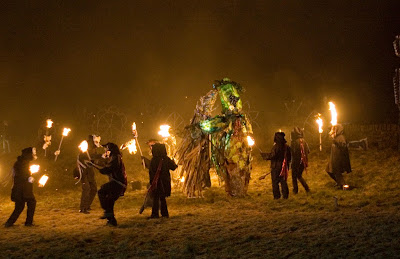Ireland Prehistory, Natural to Modern - Part I
 |
| #Cliffs of Moher, Ireland |
Things fairy tales are made of! A journey from the prehistoric to modern, the mesmerizingly beautiful raw landscapes and coast lines of the west of Ireland - majestic mountains rising upwards, all greeted me on my recent trip. Formed over millions of years, the west coast of Ireland is constantly battered by the wild Atlantic Ocean giving it its ragged coast lines of long sandy beaches and breath taking cliffs.
 |
| #Bunratty Castle - Interior Room |
The medieval castle of Bunratty, a place that has seen many battles and bloodshed was my first stop. Freely wander the winding stair cases, exploring the castle rooms and sit in the king’s or queen’s chair overlooking the great hall as they once had done, being entertained by minstrels around a large open fire. The folk park attached to the castle showcases the lifestyle of the Irish countryside throughout the 19th and 20th centuries. Explore the houses, eat some freshly made homemade brown bread, ramble in a walled garden, admire the red deer among many other things, in this informative park that transports you to a time in the past.
 |
| #Craggaunowen, Ireland |
From Bunratty, I ventured into a prehistoric site at Craggaunowen located a short distance away. The ancient past greets you and the dwellings showcase life in the Iron Age. Artificial islands were built in the centre of lakes only accessed by a canoe (boat) or wooden bridge. On these islands were built Crannógs (houses). In addition the site has a ring fort with souterrain, replica of St. Brendan’s boat (a currach), Fulachta Fia (Bronze Age cooking and industrial site), Standing Stone (Ogham Stone) and more. Stroll through the forest walk that can only be described as having a prehistoric and mystical feel, with dense trees, moss covered stones with plenty of ravens and crows to keep you company.
Before leaving Co. Clare, I visited two more amazing places, firstly to the Cliffs of Moher. These are breathtaking. The majestic cliffs rise out of the Atlantic waters standing strong battling the powerful force of the sea. Home for many species of bird life, there are hours of walks along the cliff edge. A hidden visitor’s centre, embedded in the hillside awaits you with exhibition and show. Some trivia I discovered, the Harry Potter movie “Half Blood Prince” was partly filmed there!
 |
| #Cliffs of Moher, Ireland |
Moving north into the Burren region, a Karst landscape that is unique in Ireland, you will discover it is home to an amazing collection of plant life that can be found from different parts of the world. Buried deep within is the Alliwee cave that was first discovered in 1944. A kilometre of cave awaits leading into the mountain and features a spectacular underground waterfall and river. Once home to the brown bear, a native species in Ireland that became extinct almost a thousand years ago, their fossil remains can be seen inside the cave along with their sleeping pits. Calcite samples have been dated to over 350,000 years and Alliwee is one of about 200 caves in the region. In addition to the cave, the site also offers birds of prey and archery.
I will continue in my next post as I move northwards into County Sligo, the birthplace in Ireland for the Neolithic period and with a visit to the burial tomb of the warrior Queen Maeve, to the beautiful rock formation of Ben Bulben (Dartry Mountains), along with the gushing Glengar Waterfall and Lake. From my experiences, one can easily see how mystical and mysteries ancient Ireland was that lead to a rich mythology of gods, goddesses and mythical creatures.
 |
| Crannógs at Craggauowen |
More information at Craggaunowen, Cliffs of Moher and Aillwee Cave



Comments
Post a Comment